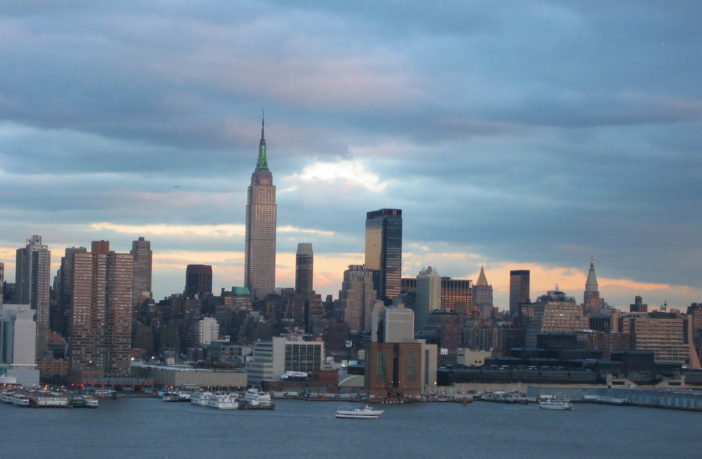A 4.8 magnitude earthquake hit New Jersey Friday morning, causing rumbling across the northeast region. People in Baltimore — more than 130 miles south of the quake’s center in Whitehouse Station, New Jersey — felt the tremors.
In the region closest to the quake, which included New York City, residents experienced significant shaking but no injuries or major damages have been reported, according to a post on X from New York Gov. Kathy Hochul.
New York City experiences earthquakes fairly frequently, but most are too small to be felt. But the magnitude of Friday’s quake was unusual — out of 188 earthquakes recorded in the city since 1957, only seven had a magnitude above 4.5, according to New York Times reporting.
While D.C. does not often experience large earthquakes, the region did experience some shaking in January from a small quake in Rockville. And in 2011, a very rare 5.8 magnitude earthquake in central Virginia caused damage to many buildings in the District, including the Washington Monument and National Cathedral.
What Causes Earthquakes?
Earthquakes can happen anywhere, though some places — like parts of the U.S. West Coast — have them far more frequently. They’re caused by the two sides of a fault line, or crack in the Earth’s surface, slipping past each other suddenly after too much pressure builds up. D.C. does have fault lines running under it, but they’re not particularly large or prone to seismic activity.
Some early scientific research has linked climate change with a potential rise in the frequency of earthquakes — but that effect, if proven, would still be very small, according to Vox science writer Umair Irfan.
How does that connection work? As gasses from burning fossil fuels trap more heat in the atmosphere, glaciers melt and heavy rainfall increases. Water seeping into fault lines and the addition of water weight on the Earth’s crust could be associated with more seismic activity, according to an article published by the World Economic Forum.



